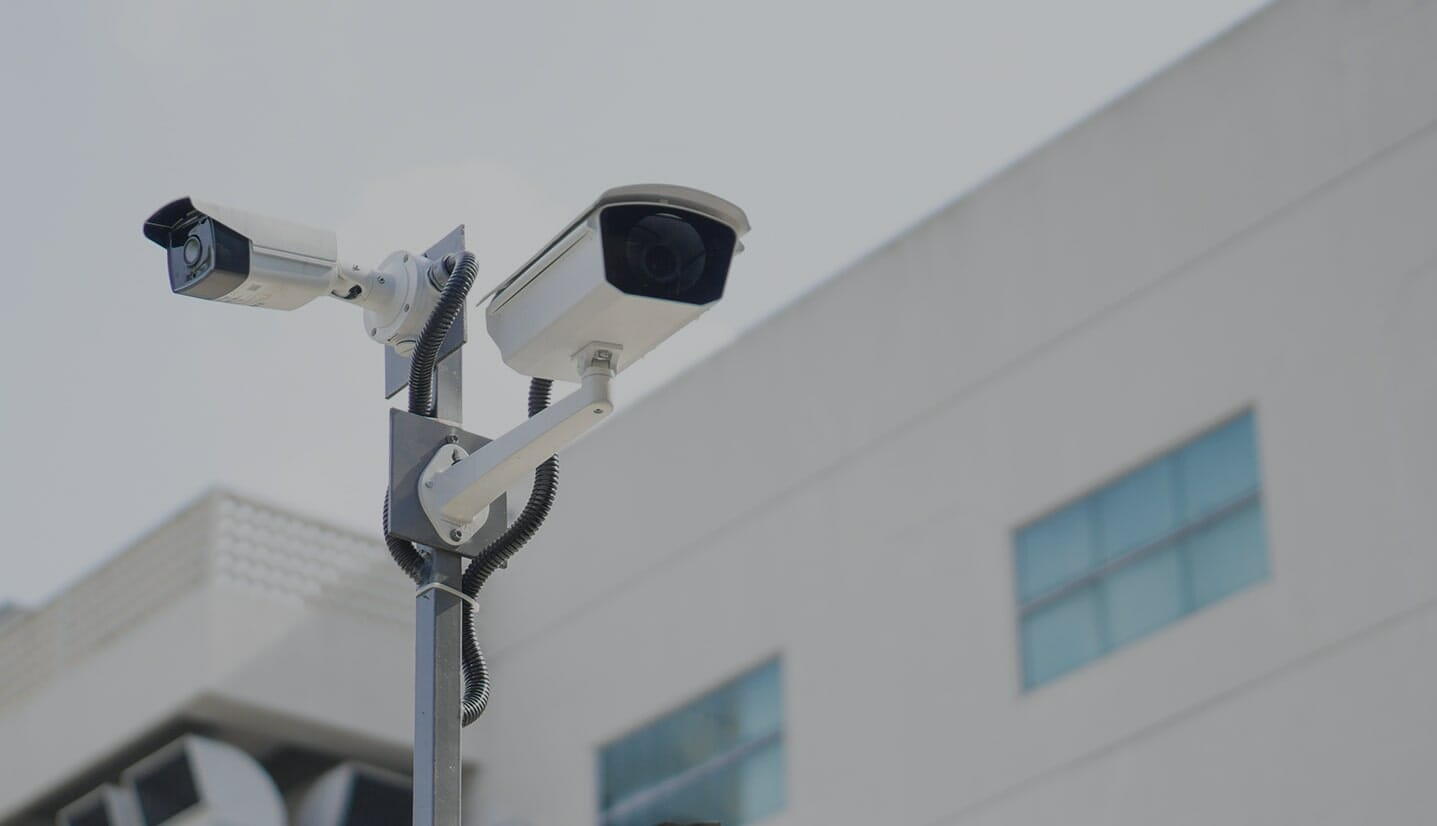Put simply, a CCTV system is a closed circuit television system that does not publicly distribute or broadcast its signals. Its main purpose is for security and surveillance.
Through strategic placement of cameras CCTV systems deter crime and increase security by monitoring the cameras feed through monitors. For heightened security measures, businesses can also install an access control system, which allows permitted individuals physical access to secure rooms and facilities.
CCTV or closed-circuit television is a technology that has made leaps and bounds within the last few years. Traditionally in the past, you would use an analog camera and lens of your choice that would send a video signal back to an intelligent recording unit. The recording unit was the brains of the operation that allowed you to record, search, index and view the camera feeds in live view or past tense.
With today’s IP technology, it’s actually the opposite. The cameras run operating systems embedded that function much like your typical smart phone. They have applications installed on them and have the ability to install new or updated applications to fit your needs.
A few examples of this might be a motion application that would trigger the camera to only record on motion, or something like crossline detection that would record when an object crosses a digital line that is placed on the cameras program settings. This is an excellent feature for areas that have a lot of movement but still need to be monitored.
With the new IP smart camera technology, recording is nothing more than a server. While this is typically proprietary software that is used on the server to record the encrypted video, most high-end camera applications will work with most high-end third-party software.
I am a big fan of axis cameras and they implement technology they call edge storage. Edge storage is unique in that it can actually record onto an SD card placed in the camera itself, or you can point the video stream to an inexpensive NAS. This does require the use of a free third-party software but is an excellent option for a budget entry-level system up to 16 cameras.
With the migration from analog to IP video we have a solution to make that migration smoother and less expensive. These are video encoders that we place where your old DVR or recording device was. These encoders allow us to take all the benefits of a modern IP camera and the different applications available while using your old analog camera and existing cabling.
The only real downside to this is that most modern IP cameras are a much higher resolution at 1080 P and above. Your old analog cameras are much lower quality of video. Unfortunately, placing those on the network will not improve the quality of the video.
But manufactures understand that migration can be expensive and time-consuming, and companies likeMarshall Industries and axis have come together with the buyback program. It allow you to place an encoder now and when budget or funding becomes available for an upgrade, we will buy the old technology back to Credit towards your new purchase.
We’d love to answer any CCTV questions you might have so feel free to contact us anytime.


